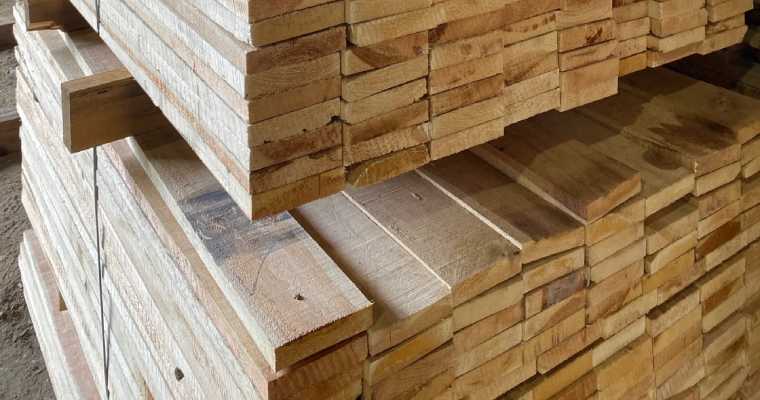At Centersource Technologies AB we are committed to the highest standards of ethical research and data integrity, guided by the ESOMAR Code of Conduct. Our data is sourced from a limited, anonymous market survey conducted with trusted and established industry participants. The insights derived from this survey reflect aggregated finalized prices as well as observed prices reported within the participants respective markets, with a focus on the highest prices recorded during the first two weeks of each month. These insights are provided for informational purposes only and are intended to indicate market trends rather than serve as comprehensive or fully representative market data.
In adherence to ESOMAR's principles, we ensure that all data collection and analysis are conducted with transparency, respect for confidentiality, and strict compliance with ethical guidelines:
- Data Sourcing and Methodology:
We exclusively use data from government, customs, or government-affiliated websites to maintain reliability and public integrity. In addition, we engage directly with industry experts to gather real-time, firsthand information. Each data point is collected, verified, and aggregated following established ethical standards, ensuring that our research processes meet the rigor recommended by ESOMAR. - Transparency and Accuracy:
All data are published promptly as they become available from the source, ensuring that our insights remain current and reflective of on-ground market dynamics. We actively seek and incorporate regular feedback from industry experts, which allows us to make real-time adjustments and continuously improve the accuracy and reliability of our data. - Ethical Data Usage and Third-Party Material:
Our adherence to the ESOMAR Code of Conduct underscores our commitment to ethical research practices. We maintain strict controls over data sharing and usage; copying or distributing our data is prohibited under our company policy. Furthermore, all necessary agreements are in place for any third-party material used, ensuring full compliance with copyright laws and industry best practices. - Limitation of Liability:
While we strive to provide high-quality, timely market insights, the data is derived from a limited sample and should be interpreted within that context. We are not liable for any damages arising from the use of this data, as it is provided solely for informational purposes and as a directional indicator of market trends.
By integrating ESOMAR's ethical guidelines into our research methodology, we ensure that our practices are transparent, respectful of data confidentiality, and aligned with internationally recognized standards. This commitment not only reinforces the credibility of our insights but also builds trust with our stakeholders and industry partners.

German timber prices surge in Q1 2025 amid strong US exports
Posted on March 28, 2025 |
German timber prices surged in Q1 2025 due to strong exports to the USA and a potential construction boom driven by a new special fund.
Spruce sawlog prices rose in February and March, reaching €103 to €115 per cubic meter for quality B/C in strength class 2b+. Buyers offer bonuses for specific lengths.
Prices for beetle-damaged wood are €15 to €20 lower, while D-wood has a €25 to €35 discount. Overall, timber prices increased by €5 to €10 in Q1.
High-quality round timber remains scarce as damaged wood supplies are significantly lower than in previous years.
Strong exports to the USA have fueled demand and price increases, making them a key factor for future timber price trends in Germany and Europe.
While export opportunities help balance weak domestic-sawn timber sales, the struggling German construction sector has delayed price recovery.
A potential construction recovery is expected due to looser lending policies and lower interest rates, which could boost construction timber demand.
The sawmill industry still faces challenges selling large volumes of sawn timber in Germany and Europe.
In the USA, lumber prices exceeded $660 per thousand board feet in March, driven by supply shortages, strong demand, and rising tariffs.